Filter by
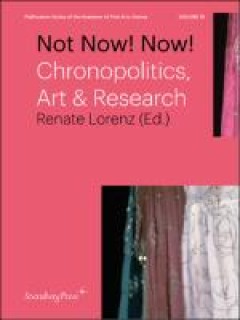
Not Now! Now!: Chronopolitics, Art & Research
In her divergent and interdisciplinary book Not Now! Now! Chronopolitics, Art & Research Lorenz illuminates the topic of chronopolitics through contributions from art theorists, artists, and artistic researchers. With a foreword by Elizabeth Freeman, whose work has delved extensively on such notions as temporality and body politics, Lorenz invites the reader to explore postcolonial and queer de…
- Edition
- Ed. 1
- ISBN/ISSN
- -
- Collation
- 187
- Series Title
- Publication Series of the Academy of Fine Arts Vienna, 15
- Call Number
- 701.1 NOT n
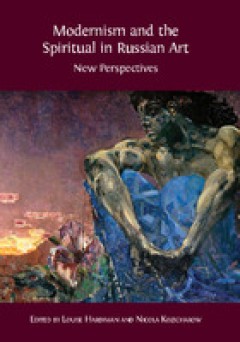
Modernism and the Spiritual in Russian Art: New Perspectives
"In 1911 Vasily Kandinsky published the first edition of ‘On the Spiritual in Art’, a landmark modernist treatise in which he sought to reframe the meaning of art and the true role of the artist. For many artists of late Imperial Russia – a culture deeply influenced by the regime’s adoption of Byzantine Orthodoxy centuries before – questions of religion and spirituality were of paramo…
- Edition
- Ed. 1
- ISBN/ISSN
- -
- Collation
- 318
- Series Title
- -
- Call Number
- 709 MOD m
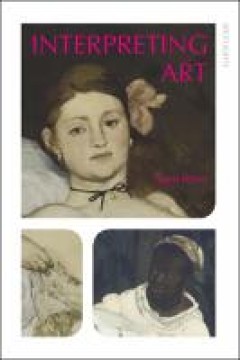
Interpreting Art
How do people make sense of works of art? And how do they write to make others see the same way? There are many guides to looking at art, histories of art history and art criticism, and accounts of various ‘theories’ and ‘methods’, but this book offers something very unlike the normal search for difference and division: it examines the general and largely unspoken norms shared by interp…
- Edition
- Ed. 1
- ISBN/ISSN
- 9781800081772, 9781800081789
- Collation
- -
- Series Title
- Spotlights
- Call Number
- 730 ROS i
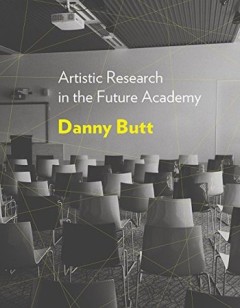
Artistic Research in the Future Academy
The rapid growth of doctoral-level art education challenges traditional ways of thinking about academic knowledge, and yet, as Danny Butt argues in this book, the creative arts may also represent a positive blueprint for the future of the university. Synthesizing institutional history with aesthetic theory, Artistic Research in the Future Academy reconceptualizes the contemporary crisis in univ…
- Edition
- Ed. 1
- ISBN/ISSN
- 9781783207909
- Collation
- 185
- Series Title
- -
- Call Number
- 701.1 BUT a
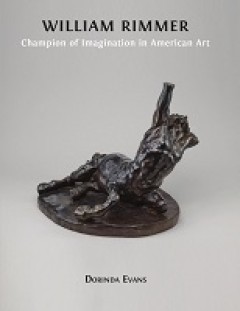
William Rimmer: Champion of Imagination in American Art
William Rimmer (1816–1879) is arguably the first modernist American sculptor, although his inventive originality has not been fully acknowledged. Rimmer cultivated an art of ideas and personal expression whilst supporting himself as a physician and, later, as a teacher of art anatomy at the Cooper Union School of Design for Women in New York. Unlike his contemporaries, he advocated the creati…
- Edition
- Ed. 1
- ISBN/ISSN
- 9781800647565, 9781800647572
- Collation
- 250
- Series Title
- -
- Call Number
- 750 EVA w
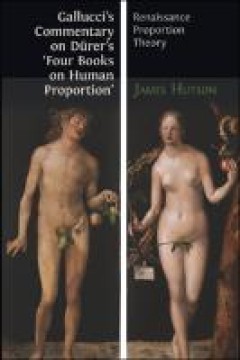
Gallucci's Commentary on Dürer’s 'Four Books on Human Proportion'
"In 1591, Giovanni Paolo Gallucci published his Della simmetria dei corpi humani, an Italian translation of Albrecht Dürer’s Four Books on Human Proportion. While Dürer’s treatise had been translated earlier in the sixteenth-century into French and Latin, it was Gallucci’s Italian translation that endured in popularity as the most cited version of the text in later Baroque treatises, co…
- Edition
- -
- ISBN/ISSN
- 9781783748624
- Collation
- -
- Series Title
- -
- Call Number
- -
 Computer Science, Information & General Works
Computer Science, Information & General Works  Philosophy & Psychology
Philosophy & Psychology  Religion
Religion  Social Sciences
Social Sciences  Language
Language  Pure Science
Pure Science  Applied Sciences
Applied Sciences  Art & Recreation
Art & Recreation  Literature
Literature  History & Geography
History & Geography